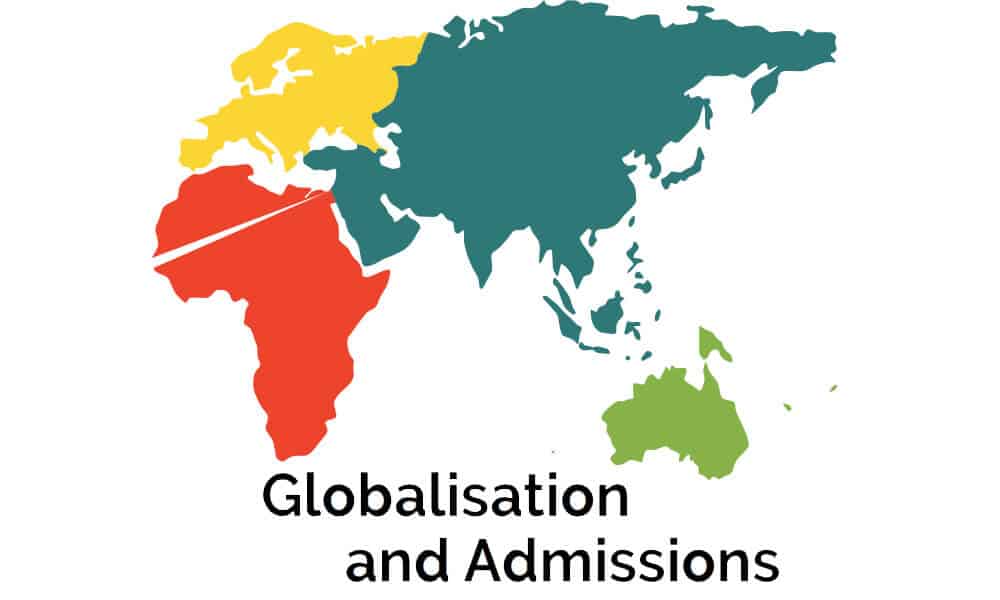International schools are on the rise globally. Since 2000, the number of international schools has grown by 255 per cent, student and staff numbers by over 400 per cent, and fee income by over 860 per cent. The global market now generates $47bn in fee income vs just $5bn in 2000. Education is becoming big business, whether we like it or not, and it’s now more important than ever for schools to find their place and solidify their proposition to prospective parents.
ISC Research believe that in the next 10 years, the market will grow by a further 80-100 per cent across all the above metrics. Asia (including the Middle East) continues to dominate the market with 57 per cent of all schools located in the region; 29 per cent reside in Europe/Africa, and the remainder in Americas/Oceania. Another notable fact is that the global student demographic has flipped in the last 17 years, with schools in 2000 seeing expatriates accounting for 80 per cent of their cohort, compared with just 20 per cent in 2017; International education is becoming increasingly desirable for local families. This shift is particularly prominent in Asia, however with increased globalisation and student mobility, schools in the West may well start to see the same trends.
No discussion of international education is complete without some mention of China, where the government’s recognition of the importance of private education to the socio-economic status of the country, as well as the evolution of private schooling law, are both contributing to significant growth. Other factors creating growth include the lifting of China’s one-child policy, and more defined legislation around for-profits, leading to a rise in Sino-Foreign Cooperatives and outside investment. The rise of the Chinese middle class also means increased prosperity, resulting in more income being spent on education; moreover, unlike many parents in much of the West, even if an economic downturn were to hit, Chinese parents will typically keep spending on education. This growth, however, is still being restricted, just as we are seeing globally, by the lack of highquality native English speaking teachers. It is expected that we will see a rise in training centres for local Chinese teachers, facilitating a move towards international education.
So, with the continued rise of international schooling and global student mobility, what might admissions expect to see in the coming years?
1. Increase in applications from parents who speak very little English or no English at all.
This has become increasingly common in the United Kingdom, with many Chinese parents applying directly as well as making use of relocation agents. Admissions departments may need to consider reviewing their admissions policies to make clear in which language(s) they accept applications, and in some cases provide this information in multiple languages.
2. Increased use of education agents
To further the above, maintaining a strong relationship with education agents andconsultants will become increasingly important. It may become necessary to track agent statistics such as total enquiry numbers and conversion rates, more comprehensively. It will therefore be vital that you are able to record this information at the point of enquiry or application.
3. A change in nationality caps
OpenApply works with over 250 international schools in over 60 countries; we’re starting to hear that schools that have previously placed fixed percentages nationality caps across their student cohort, are looking to raise them. This is due in part to the increasing number of local applicants, as well as the rise in applications from certain countries; Swiss boarding schools have seen increased interest from Mexican and Latin American students currently studying in American boarding schools, for example.
4. More enquiries and applications
Whilst this may seem obvious, many schools are still ill-equipped to handle a continuous and sustained rise in enquiries and applications. Most forward thinking schools are moving away from a paper-based application process towards an online system, however they are still too often printing files and manually passing them around the school during the applicant review process. As applicant numbers increase, having a streamlined internal review process will not only save time, it will ensure the school is making the best possible admissions decision every time.
5. Increased competition
With the number of international schools expected to double in the next 10 years, it is a certainty that many schools will see an increase in competition. Solidifying the school’s mission, values, and overall offering will become more important than ever.
Are you starting to see the above in your school? Or, do you see other trends? I would love to hear your feedback and the specific challenges you are facing in this area. Our admissions management solution, OpenApply, supports schools in transitioning away from a paper-based admissions and enrolment process, and I would be happy to discuss how we could help your school in the future. Please feel free to get in touch at any time.
















 All Services
All Services


